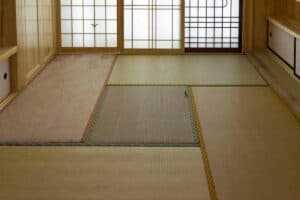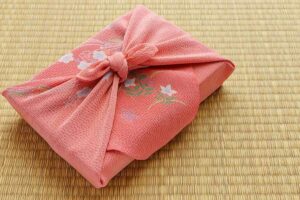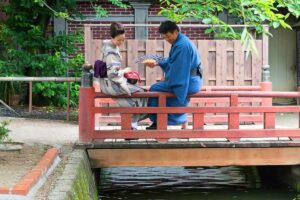Bonsais are cute and look amazing in one’s garden or patio.
There is something thrilling about having miniature trees grow in pots.
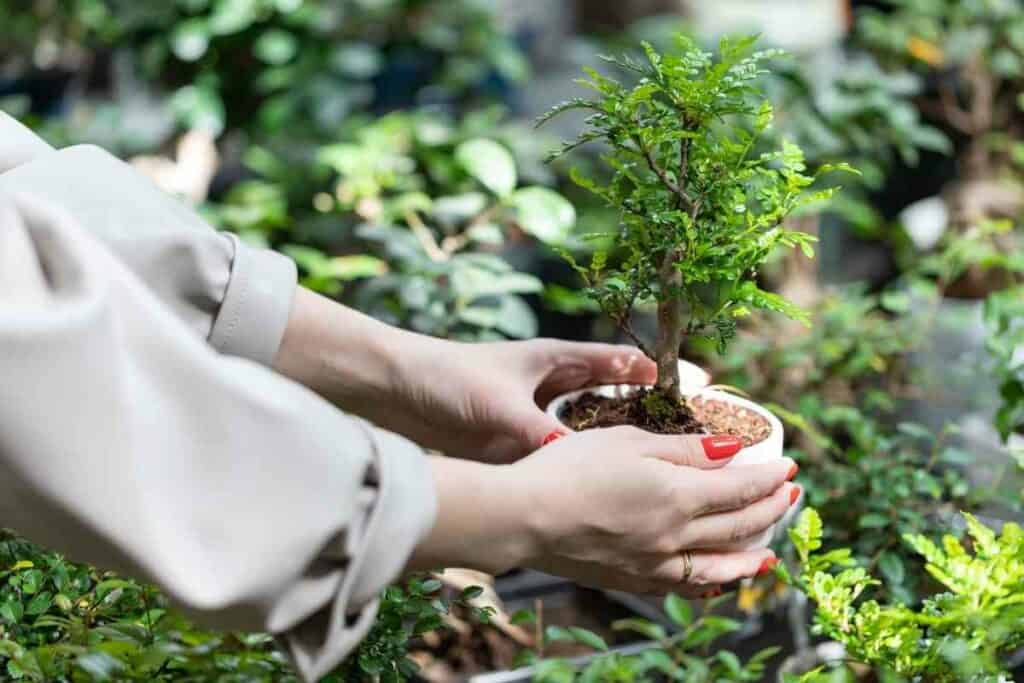
However, it becomes challenging when these trees start growing in a strange way or at a weird angle. This is where training comes in.
As a General Rule of Thumb – One should wait until the trees are grown and healthy enough for training. Usually, this is 3 to 5 years, depending on the tree’s growth rate.
Table of Contents
The Best Time to Start Training Bonsai
It may not be easy to determine the best time to start training your bonsai, especially if you are a first-time bonsai owner.
This is more so if you are growing your tree from scratch, as you may not realize when it has grown too big for training.
Generally, you ought to start training your bonsai when the roots are fully established and the trunk is starting to show signs of significant growth.
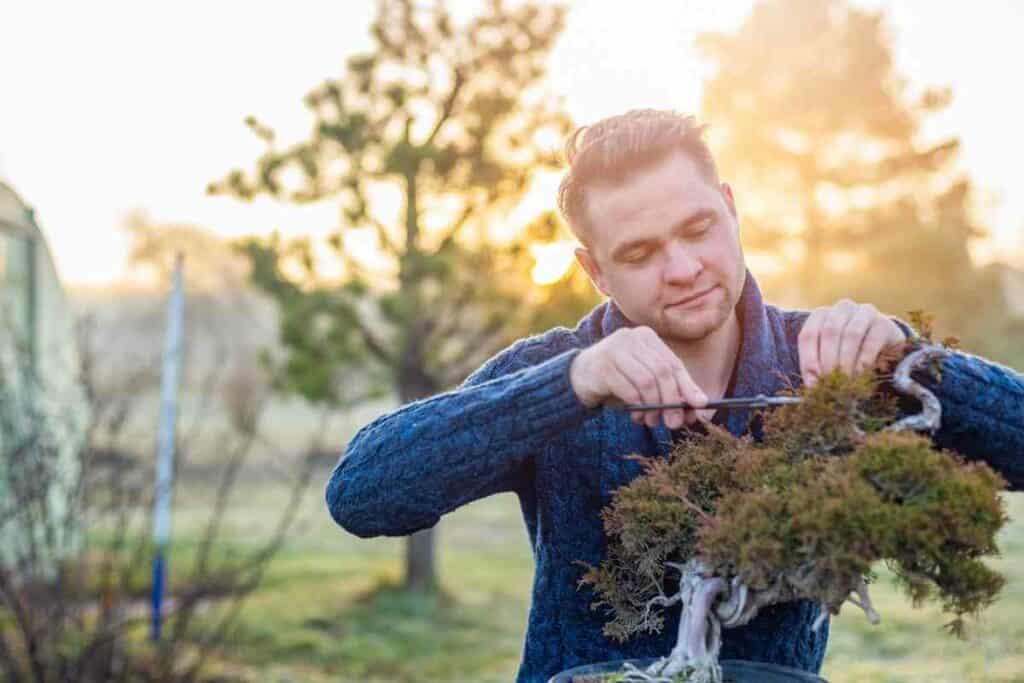
Doing it too soon will not work as the plant will not be developed enough to take or maintain the shape you are trying to give it.
Bonsai plants mature at varying rates.
Some take three years to be healthy enough for wiring and the whole training process. The most commonly used bonsai trees take four to five years to qualify for training.
Essentially: It is vital to ensure that the plant is healthy and strong enough to handle the pressure that comes with training. A young tree may die away if it cannot handle the distress that comes with wire training.
What Time of Year Is the Best to Start Training Bonsai?
The type of tree will greatly influence the time of year to start wire training.
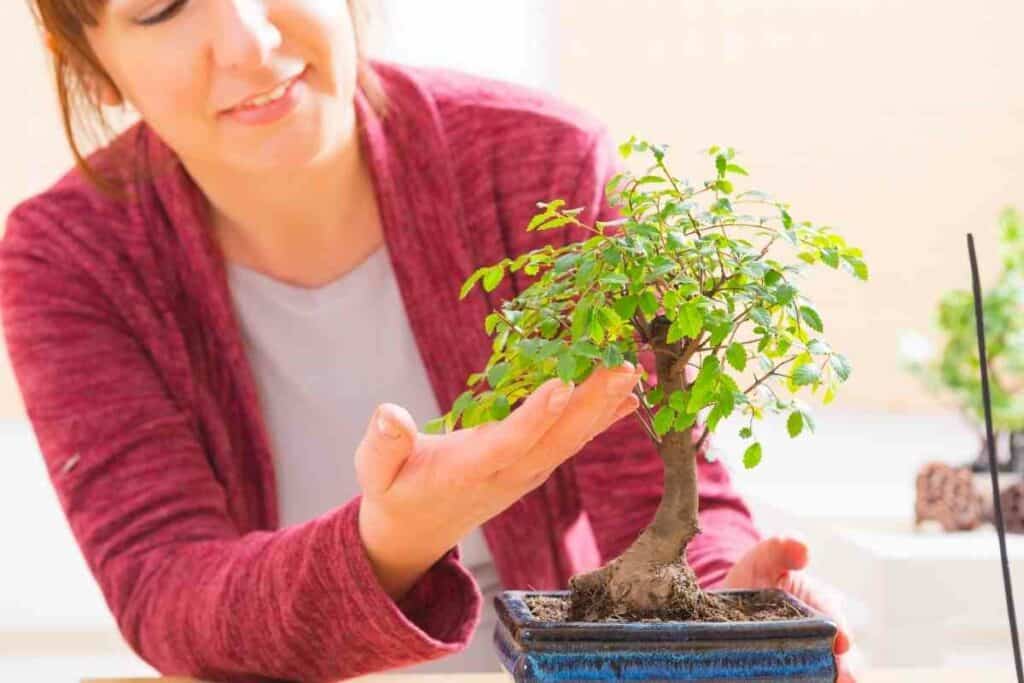
For deciduous trees, early spring is the best time to start wire training, right before new buds start showing up.
This Way – You will be able to see branches clearly without obstruction. This time of the year also gives you access to the branches when you need space to manipulate the wires.
As for coniferous trees, it is best to start the process during late autumn or early winter.
During this time, tree sap is at its lowest, which is a big help when you start training.
Things You Need When Training Bonsai
When your bonsai trees are ready for training, there are things that you must have so the process is successful.
Keep in mind that this is a delicate process, and the wrong tools or a silly mistake could destroy the plant.
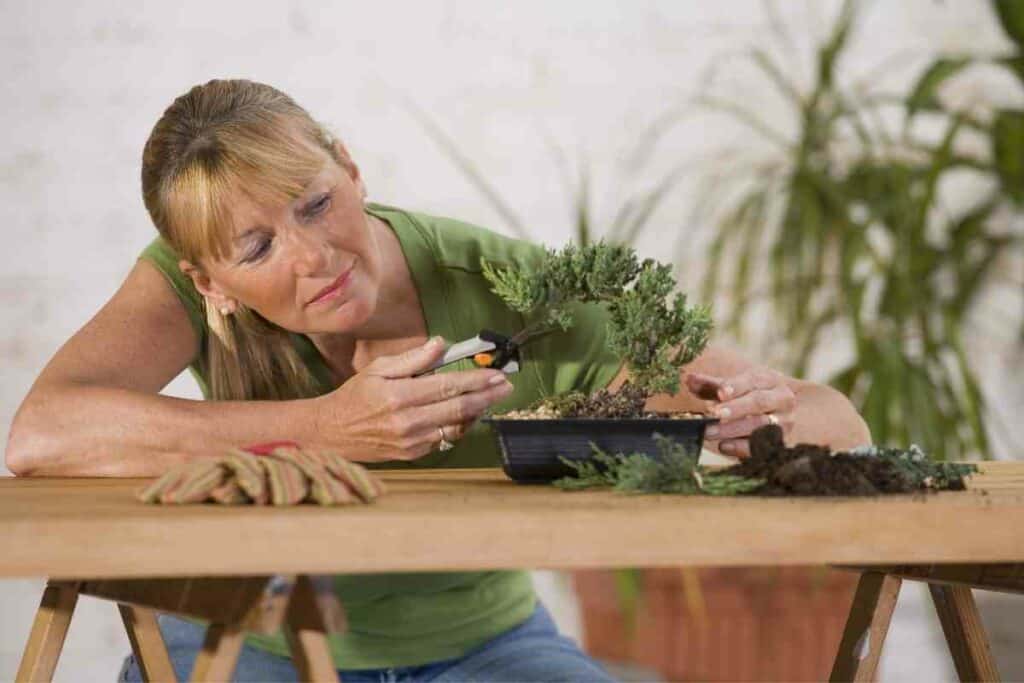
Thus, the things you need besides the know-how include the following:
- Wires: Wires are the main characters in this show. They are wrapped around the trunk of the tree to straighten it or control the angle at which the tree is growing. Since the wires are not reusable, you will have to keep replenishing them as the tree grows.
- Pots: Bonsai pots tend to be shallow with drainage holes. You ought to get a new pot as the tree grows. Having it grow in just one pot will greatly slow down its growth since it will need more space as it grows bigger. Furthermore, repotting fastens growth and allows space for better training.
- Scissors: The scissors used in bonsai training tend to be smaller than regular garden scissors. They are mostly used in the pruning process, which involves cutting off unwanted branches, leaves that are too large, and removing cumbersome limbs.
- Fertile soil: When you start training your bonsai, ensure that the soil has all the nutrients required for the tree to grow healthy. Poor quality soil or soil that contains seeds of other plants may cause the death of your bonsai.
How to Train Bonsai
When you get the required tools for the training process, you ought to do things to ensure that the tree grows healthy and at perfect angles.

These things entail how one should train bonsai, and they include the following.
Repotting
This is the first thing you should do before you start training your bonsai tree.
Repotting the plant into a bigger pot enhances its stability as it grows.
The reason you should repot your plant before wiring is so that you will not have to do it when the plant is already being shaped.
More Importantly – Ensure that the plant is in good health before repotting or starting the training process.
If the tree is distressed, nourish it first. You don’t want to train an unhealthy plant as this will be detrimental in the long run.
Wiring
Wiring is the most critical yet complicated bit of training bonsai.
A small mistake could cost you your tree and efforts, so you have to be increasingly careful.

Wiring involves wrapping a wire around the branches and limbs of the tree to control the trajectory of growth, so it does not grow funny.
Typically, the trunk requires more patience and skill because it is thicker than the limbs.
Types of wire-training:
- Single-wire training – This is where you use one wire for one branch. This way, you can shape each individual branch separately.
- Double-wire training – This involves using one wire to train two branches. This type of wiring creates uniformity with branches and helps with the stability of the tree.
Pruning
As aforementioned in the article, pruning involves cutting off cumbersome branches, leaves, and limbs from a bonsai tree.
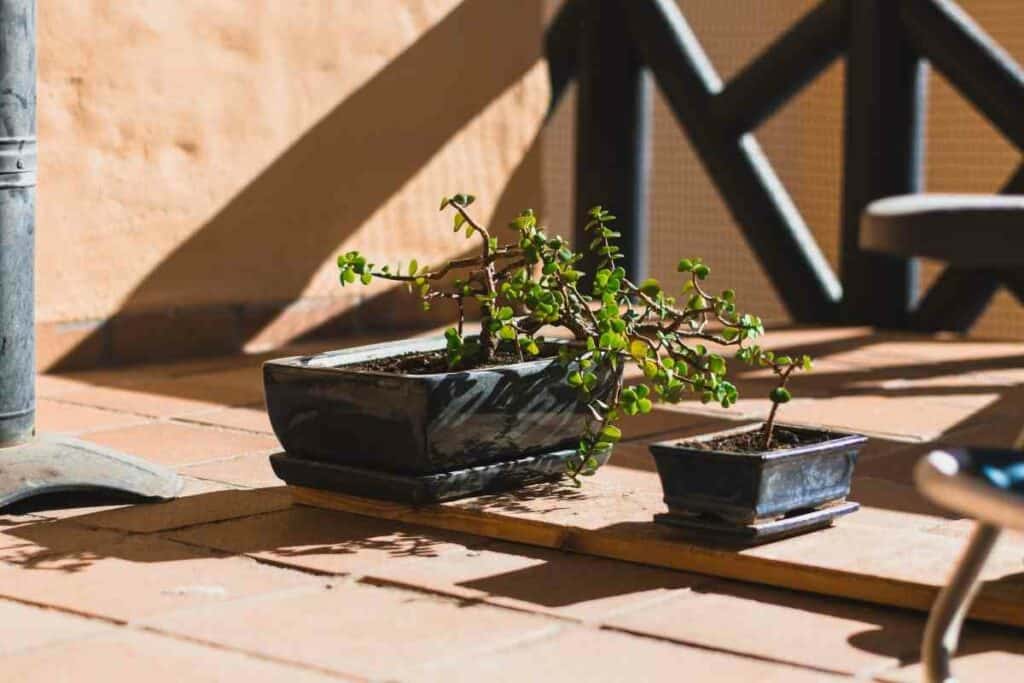
Pruning is important before and during wire training periods. Pruned branches grow well once wiring has been done.
Be Careful: You want to pay special attention to branches emerging from those that already exist. Also, be careful not to cut too much as it may kill a plant.
How Long Should You Leave Wire on A Bonsai Tree?
The generally accepted practice is to leave the wire for a couple of months, mostly three, to give the branches enough time to transform accordingly as per the wire training.
Still, it depends on an individual tree.
Some take longer to change, and others take less time. So, it is best to look out for the progress and judge as per the results.
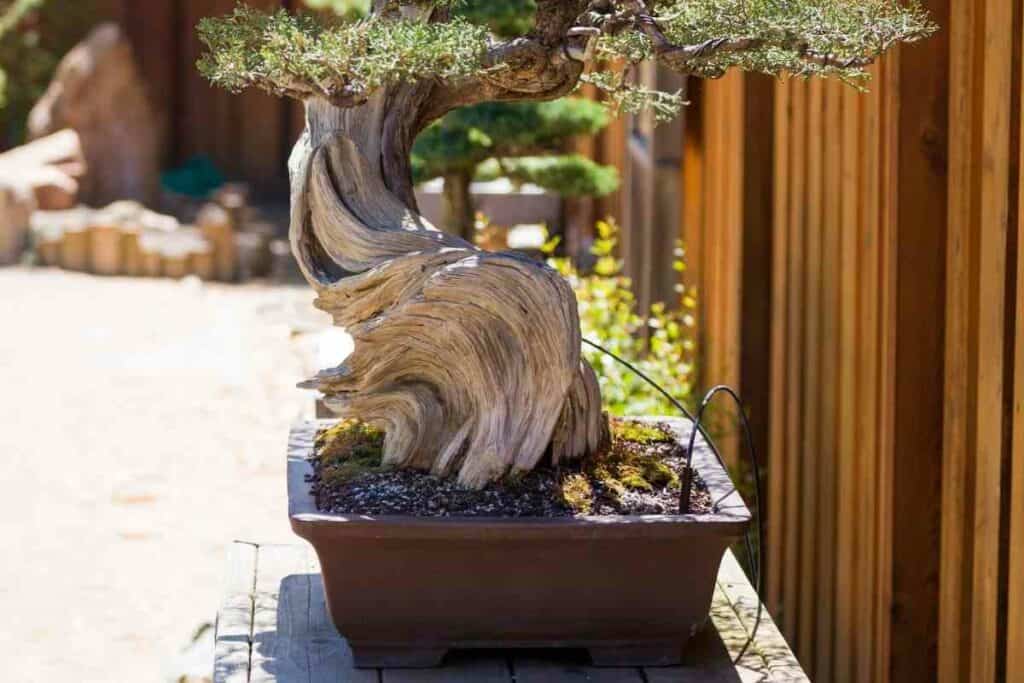
It is wise to remove the wire once the desired results have been achieved, or sooner.
It is also wise to remove the wire if the plant starts showing signs of distress or if the wire starts to grow into the plants as the plant grows.
Leaving the wire on for too long may damage the tree permanently.
Final Thoughts
The best time to train bonsai is healthy and mature enough to undergo and sustain the process.
Some bonsai are ready after three years, while others take five years to be eligible for training.
The training process includes repotting, wiring, and pruning the tree to achieve the perfect shape.
In Case You Missed It
- 7 Best Japanese Sunscreen Products You Can Buy Online
- 5 Best Japanese Makeup Brushes for a Flawless Finish
- 7 Benefits Of Tatami Mats You Should Know
- The Best Furoshiki Wrapping Cloths: Inspiration, Ideas & Cloths You Can Buy
- Cool Tenugui Towels (10 Best Ones with Bold Japanese designs)
- Japanese Yukata Ideas & Inspiration (20 Creative Ideas)



